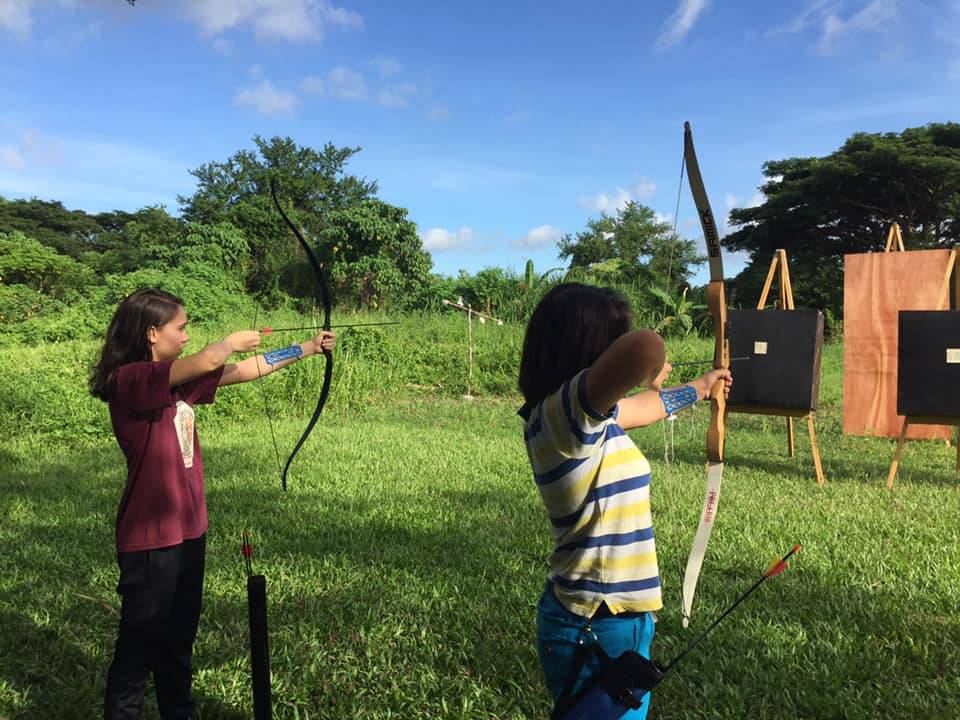
High School
Throughout the glorious turbulence of adolescence, the personality celebrates its independence and seeks to explore the world once again in a new way. The young person longs for three fundamental experiences:
- to find meaning in his or her life
- to find human relationships and a sense of connectedness to the world;
- to feel that he or she can make a difference in the world.
The Steiner Waldorf high school seeks to answer this longing.
In Steiner’s view, the essential being of the adolescent—his or her individuality—is neither the product of inheritance nor of the environment; it is a manifestation of the spirit. The ground on which it walks and into which it sinks its roots is the intelligence that has ripened out of the matrix of will and feeling into clear, experienced thought. In traditional wisdom, it is this being who “comes of age” around age 21 and is then ready to take up the real task of education—self education—which distinguishes the adult from the adolescent.
During this age, the pupil-teacher relationship changes: specialist teachers replace the class teacher. Students demand a greater level of expertise and experience with the subject area. Instead of a class teacher relationship, a Class Advisor now accompanies the class through the high school years, meeting regularly with the class and with individual students to plan activities, work through issues and oversee the curriculum. The class advisor is also the primary link with the parents during the high school years.
Curriculum
The curriculum at a Steiner Waldorf school can be seen as an ascending spiral: the long lessons that begin each day; the concentrated blocks of study that focus on one subject for several weeks. Physics, for example, is introduced in the sixth grade and continues each year as a main lesson block until graduation.
As the students mature, they engage themselves at new levels of experience with each subject. It is as though, each year, they come to a window on the ascending spiral that looks out into the world through the lens of a particular subject. Through the main-lesson spiral curriculum, teachers lay the groundwork for a gradual vertical integration that deepens and widens each subject experience and, at the same time, keeps it moving with the other aspects of knowledge.
All students participate in all basic subjects regardless of their special aptitudes. The purpose of studying a subject is not to make a student into a professional mathematician, historian, or biologist, but to awaken and educate capacities that every human being needs. Naturally, one student is more gifted in math and another in science or history, but the mathematician needs the humanities, and the historian needs math and science. The choice of a vocation is left to the free decision of the adult, but our education should give us a palette of experience from which to choose the particular colors that our interests, capacities, and life circumstances allow. In a Steiner high school, older students pursue special projects and elective subjects and activities, but, nevertheless, the goal remains: each subject studied should contribute to the development of a well-balanced individual.
In the Philippines, Grades 11-12 are considered senior high school and students are often tracked into a specialized curriculum that focuses more narrowly on specific subject areas. The Steiner Waldorf approach that seeks to develop a well-balanced individual, resists this short-sighted move to limit and or narrow learning prematurely. Because of DepEd requirements for senior high school, GCWS was forced to choose a track and a strand to label our offering. This meant choosing the General Academic Strand although the Waldorf high school curriculum cuts across the DepEd definitions as it is enriched with the Arts, the Humanities, the Maths and Sciences as well as practical subjects to give students the widest possible path of discovery—a broad experience of ideas, skills and possibilities to enable them to find their own unique convergence of skills, aptitudes, passion and purpose. This approach is backed up by numerous studies and articles discussing that to be a good doctor or engineer or artist or development worker or entrepreneur, one needs the full palette of multiple intelligence capacities.
The High School program culminates with a Senior Project wherein each graduating student engages in a year-long project of his or her choice, usually engaging the student's passion and interest. The project is a journey of discovery for each student and the student will then write a project paper and give a public presentation of their senior project, including an artistic or practical component. The Senior Project shows the student's readiness for college and demonstrates the creativity, self-discovery, originality and perseverance that are characteristic of graduates of Steiner Waldorf Education.
High School Curriculum Details
The above text was partly adapted from an article: Waldorf Education ... An Introduction by Henry Barnes.